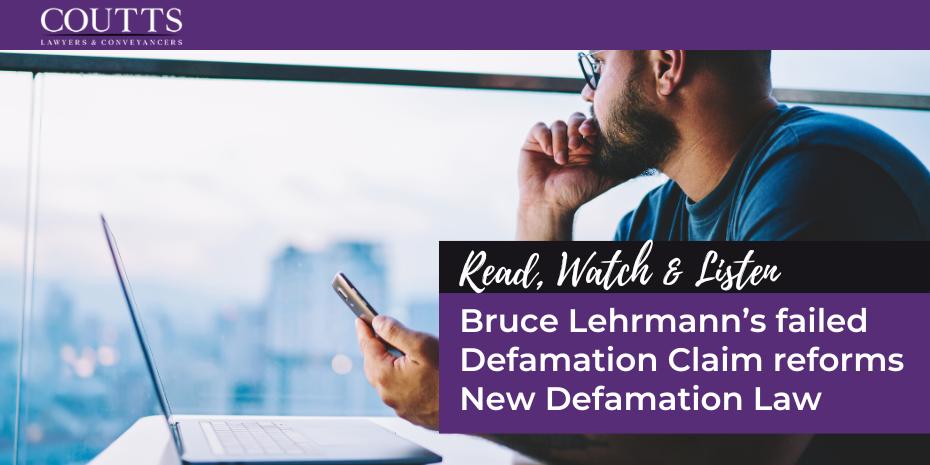KEY TAKE-OUTS:
- Baby on Nirvana’s ‘Nevermind’ album cover sues the band for the unauthorised use of his photo.
- Ownership of a photo varies depending on the circumstances under which it was taken.
- The general rule, under Australian law, is that the photographer is the first owner of the copyright.
We all know the image of the 4-month-old baby, swimming naked in the pool grabbing the American dollar floating in front of him. In fact, over 30 million people have bought this very album.
Spencer Elden, the baby featured on the cover of Nirvana’s ‘Nevermind’ album has now commenced a federal lawsuit (in the US) against the members of Nirvana individually and other associated persons for exploiting the naked picture of himself.
He claims that his parents did not sign an authority for Nirvana to use this image and that the image of the naked baby swimming in the pool can be considered child exploitation and pornography. Consequently, Spencer Elden is seeking $150,000 from each of the 15 people he is suing.
There has been many articles and controversy surrounding this news, however from a commercial law standpoint, it raises questions surrounding copyright law and the ownership of photographs.
Who owns the photo?
In the US, the law creates a ‘right of publicity’ which prevents unauthorised commercial use of an individual’s name and likeness. Therefore, if it is found that Elden’s parents did not authorise the photograph of Spencer to be used on the cover of Nirvana’s album, this right may have been breached. However, under Australian law, this is not recognised.
Australian copyright law provides that generally the copyright of a photograph is owned by the photographer and not the subject. The photographer has copyright in his or her own image as copyright can reside only in the creation of something.
However, there are exceptions to this rule.
Exceptions
One exception is provided where the photos are taken in the course of employment. If an employee takes a photo as a part of his or her job, the first owner of the copyright will instead be the employer, unless an agreement provides otherwise. These rules do not apply to freelance photographers.
If a photograph has instead been commissioned, on or after 30 July 1998 the general rule on ownership depends on the purpose for which the photographs were taken. This provides that if a photo was taken for “private or domestic” use, the first owner of the copyright is the client unless a contrary agreement is arranged. For any other purpose, for example, commercial shots, the photographer remains the first owner of the copyright.
Rights of the Owners
If you are determined to be the owner of copyright regarding a photograph, this provides you with the exclusive right to:
- Reproduce the photo.
- Publish the photo.
- Communicate the photo to the public, such as through a website or broadcasting.
While a person’s likeness is not protected by copyright, the use of this likeness could be protected by other laws such as the laws of passing off, competition and consumer laws, and State and Territory fair trading laws. Therefore, when taking photographs of others for commercial purposes it is always best to obtain a “model release” form to use the photographs. This release form will protect you and your business where any future disputes that may arise.
For further information please don’t hesitate to contact:
This blog is merely general and non-specific information on the subject matter and is not and should not be considered or relied on as legal advice. Coutts is not responsible for any cost, expense, loss or liability whatsoever to this blog, including all or any reliance on this blog or use or application of this blog by you.



